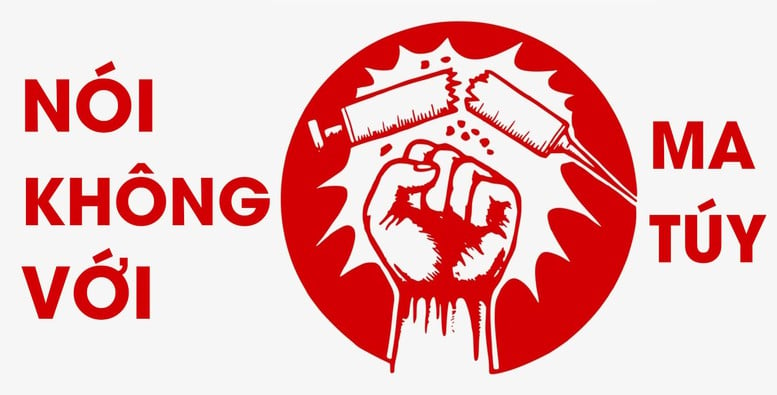
According to the Decision, complex drug-related key routes include areas that are not dependent on administrative boundaries, adjacent to traffic axes (roads, railways, inland waterways, airways, sea routes) or other traffic directions in socio -economic activities on which illegal drug trading and transportation activities frequently take place.
Criteria for identifying key commune-level areas with complex drug problems
The Decision clearly states that key commune-level areas with complex drug problems include 3 types: key complex areas with type I drugs; key complex areas with type II drugs, and key complex areas with type III drugs, specifically as follows:
1- Communes, wards, and special zones with complex drug-related issues of type I have at least 3 of the following criteria:
2- Communes, wards, and special zones with complex drug problems of type II have at least 3 of the following criteria:
d. Having 2 or more criteria in the criteria of communes, wards, and special zones that are complex in terms of type III drugs or higher and are located on complex drug routes within the province or inter-province.
3- Communes, wards, and special zones with complex drug problems of type III have at least one of the following criteria:
Criteria for identifying provincial areas with complex drug problems
2. The rate of drug addicts and illegal drug users with management records compared to the population currently residing in the province is from 0.2% or more.
3. Having 5 or more locations organizing or harboring illegal drug use.
4. The rate of drug offenders arrested in the area compared to the population currently residing in the provincial area is from 0.05% or more.
5. The proportion of communes, wards, and special zones with complex drug problems of type I and II accounts for 3% or more of the total number of communes, wards, and special zones in the area.
6. There are 8,000 or more plants containing narcotics or an area of 2,000 m² or more of plants containing narcotics that are discovered and destroyed.
Located on the complex inter-provincial drug route.
Criteria for determining drug-free areas
1. No person currently residing in the area is addicted to drugs or illegally uses drugs, except for people participating in drug addiction treatment with replacement drugs, people undergoing drug addiction treatment at home or in the community, and people being managed after drug addiction treatment.
2. There are no people currently residing in the area who have violated drug laws in the area, and there are no wanted persons for drug crimes hiding in the area.
3. No place to organize or harbor illegal drug use.
Minh Hien
Source: https://baochinhphu.vn/tieu-chi-xac-dinh-tuyen-dia-ban-trong-diem-phuc-tap-ve-ma-tuy-dia-ban-khong-ma-tuy-102250825182149661.htm



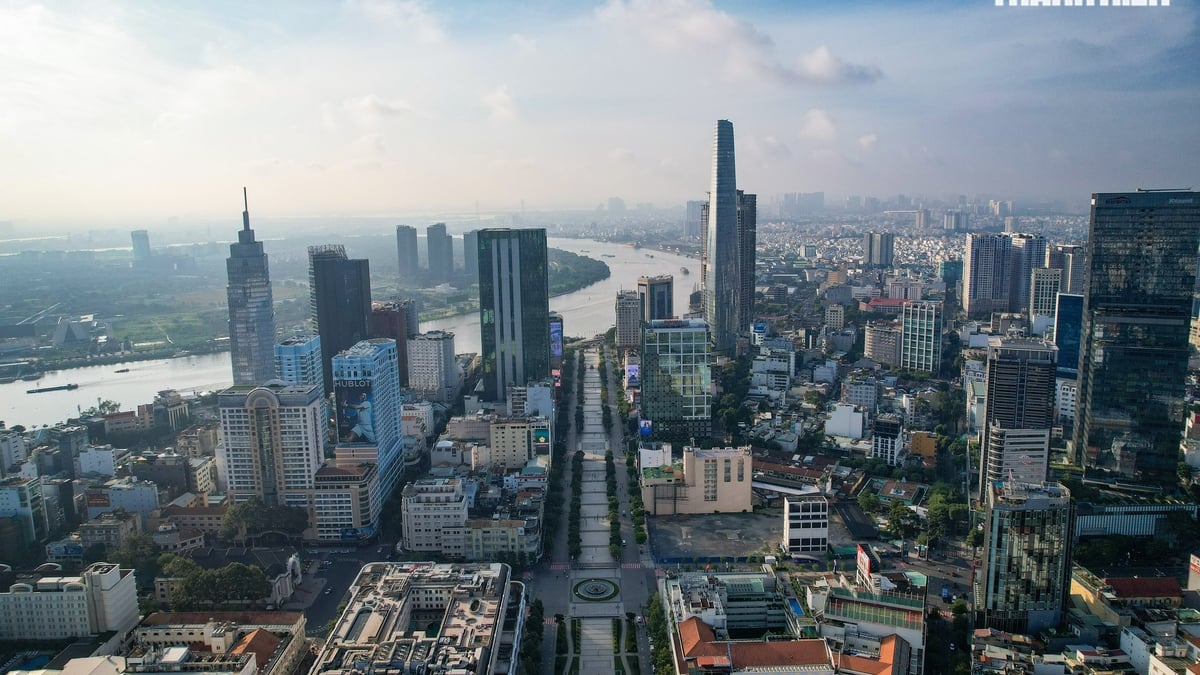

![[Photo] General Secretary To Lam attends the 80th anniversary of Vietnam's diplomacy](https://vphoto.vietnam.vn/thumb/1200x675/vietnam/resource/IMAGE/2025/8/25/3dc715efdbf74937b6fe8072bac5cb30)
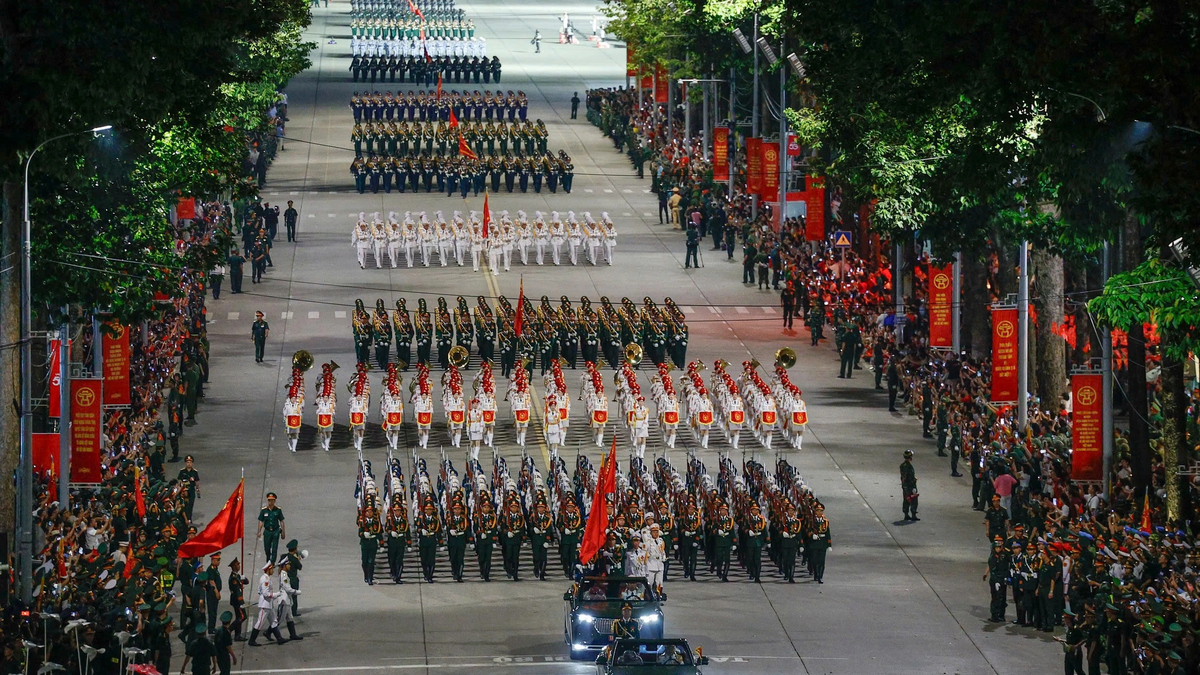









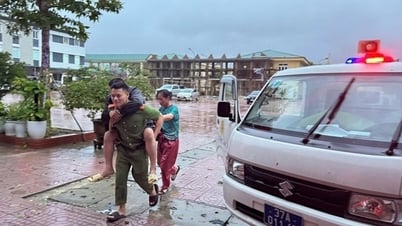





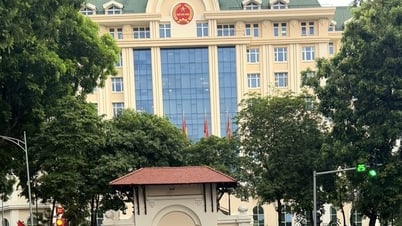
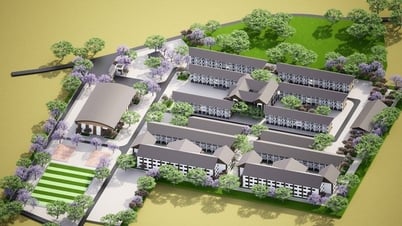

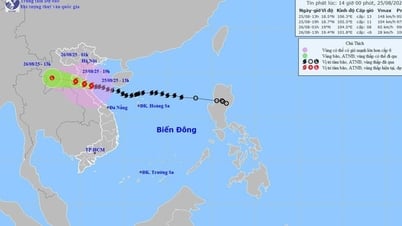

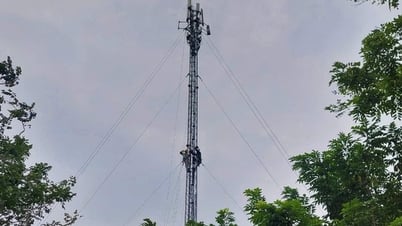



















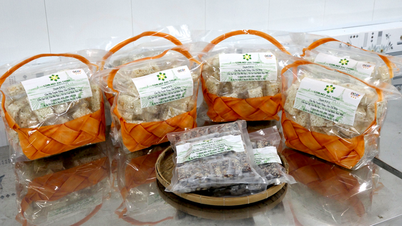







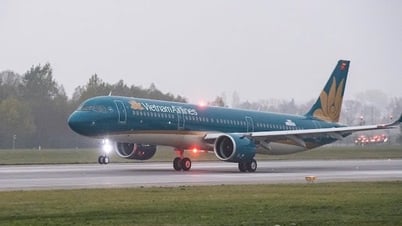





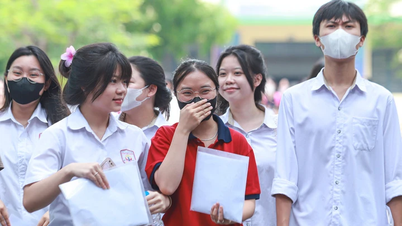


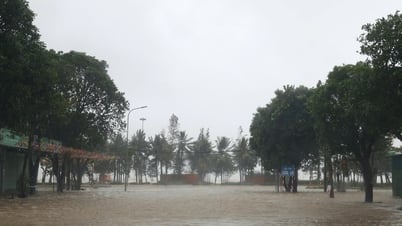




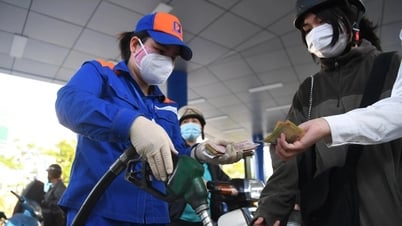











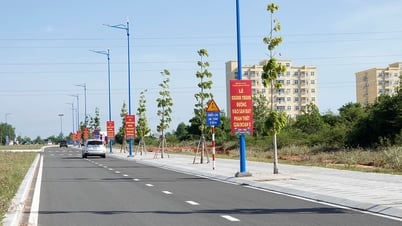

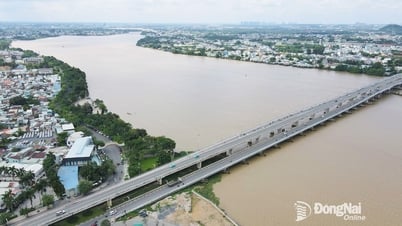








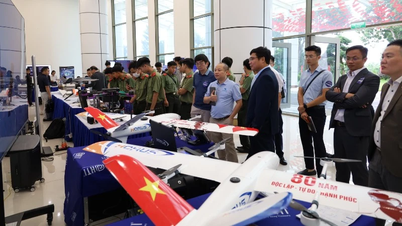


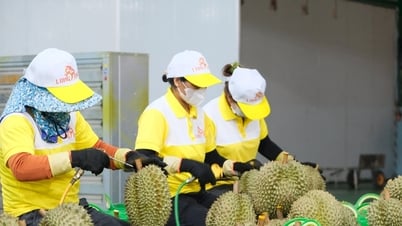



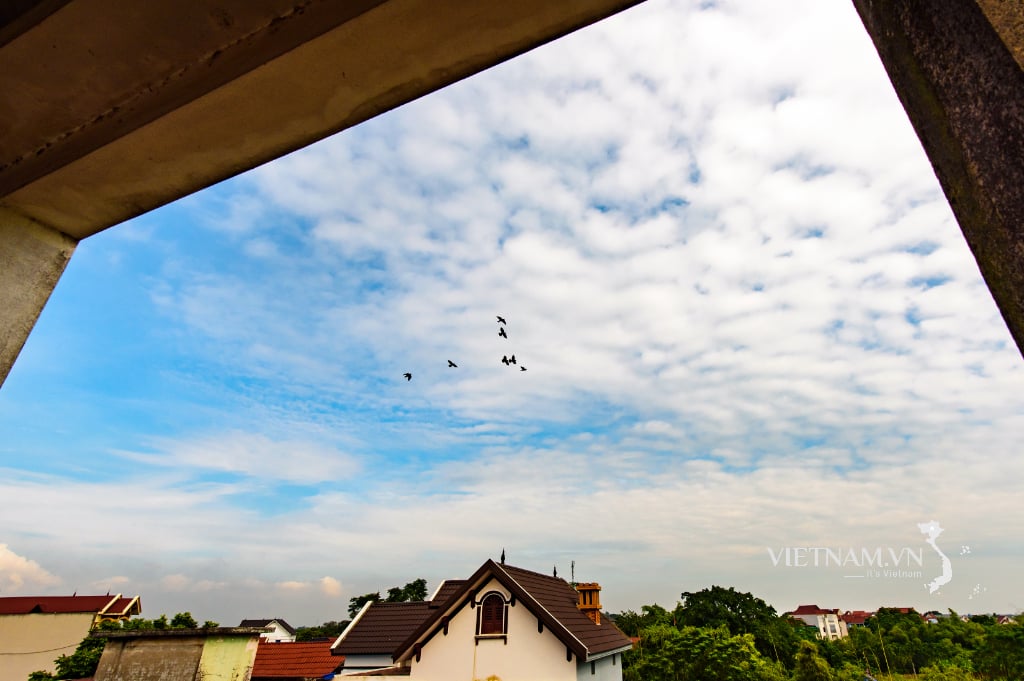

Comment (0)